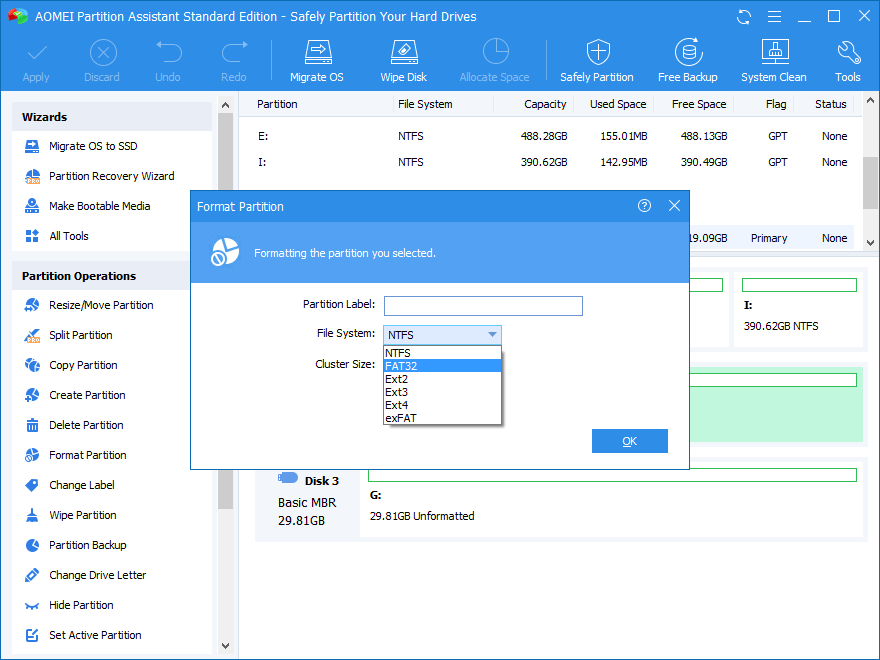

NTFS reads/writes files larger than 4GB, creates partition larger than 32GB, compresses files and saves disk space, has better space management (less fragmentation), allows more clusters on a large drive (less wasted space), adds user permissions to individual files and folders encrypts file system. But have you ever wondered what the various options mean? Usually, we go with the default setting, but the optimal settings depend on the type of drive and what you are planning to do with it. Why need to format or convert USB drive to FAT32?įormatting a USB drive is the same as formatting any other drive, so does convert a USB drive between NTFS and FAT32.


 0 kommentar(er)
0 kommentar(er)
